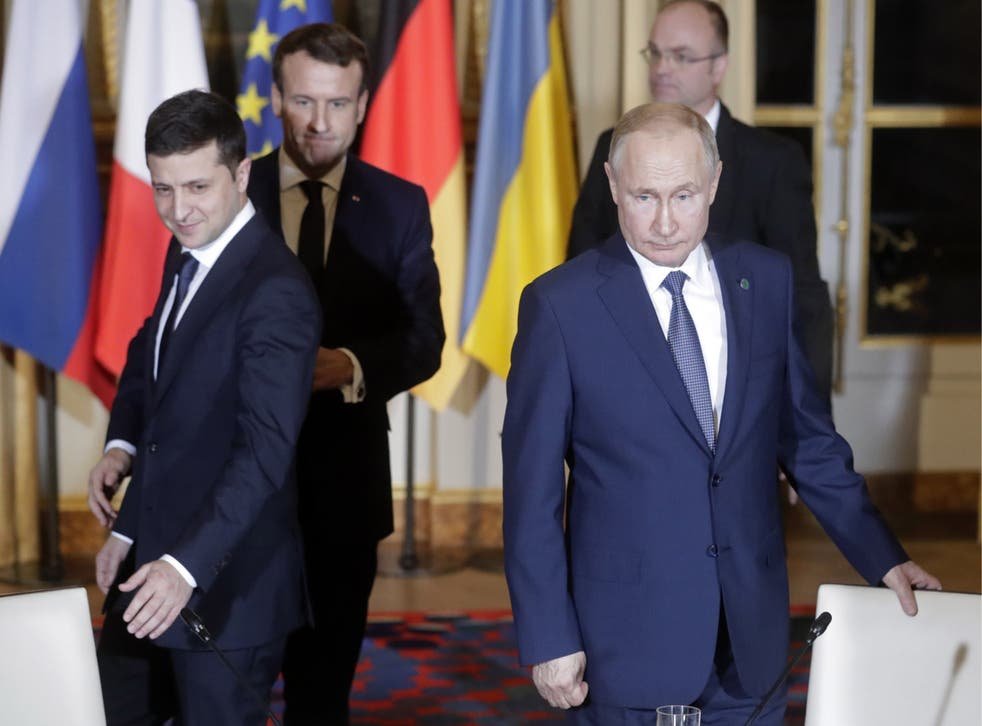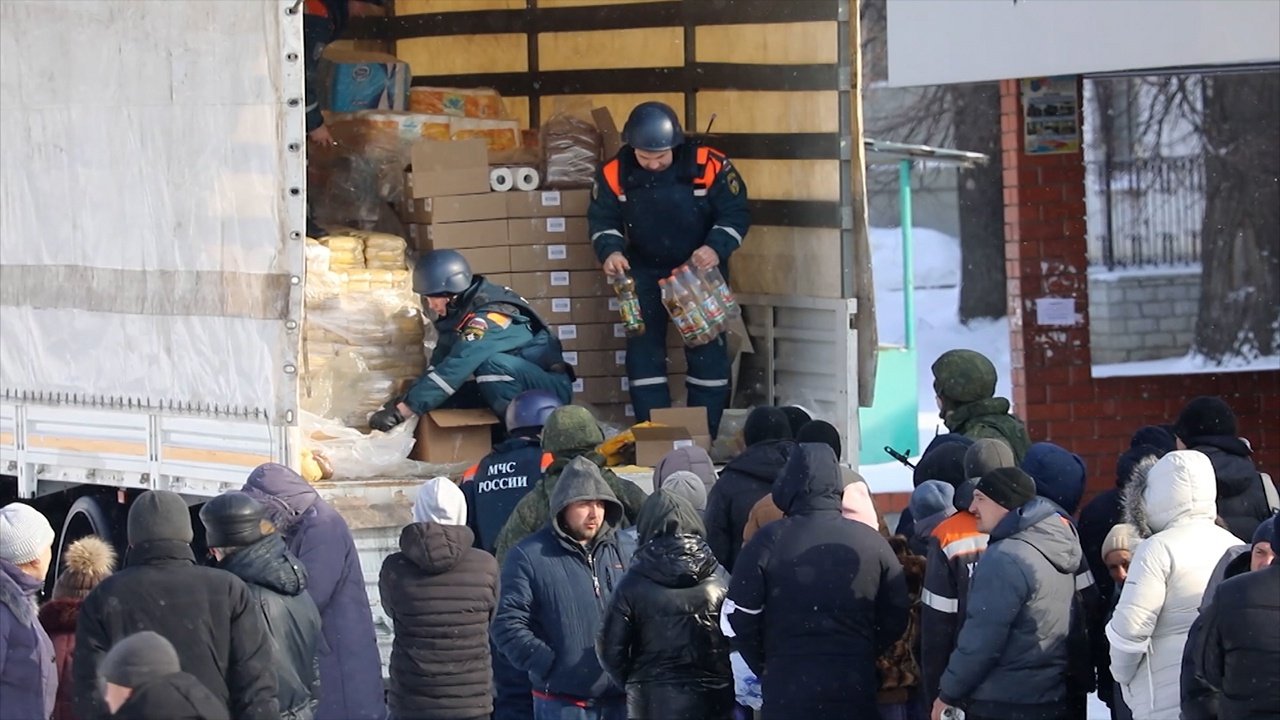Let the Flyover Begin – These words of the US President Donald Trump of 4th July after his speech, started the great display of the US Air Power Across Times. It was an air show that displayed all the generation of the Fighter Jets and Bombers. At a time when the whole world is fighting the Chinese Bio-Terrorism of Chinese Wuhan Corona Virus, China is intimidating its neighbors and also the US Allies of retaliation. What is that US allies can learn from this Air Show?
Here is the Video :-
Here is the transcript of the marvelous Air Show on 4th July 2020, United States of America after US President Donald Trump’s speech gave direction and used the magic words, “Let the flyover being.”

Ladies and gentlemen please welcome world renowned air show announcer Rob Ryder as he walks us through our salute of air power from World War II to the future. Please enjoy. Good evening Mr President and Madam First Lady and distinguished guests. I’m Rob Ryder and I’m honored to be your narrator for an aerial review to celebrate our independence day. Our flyovers tonight will showcase air power across time. Look at the screens and look above. Representing World War II after we were brought into World War II by the bombing of pearl harbor. Approaching first two very important airplanes known as C-47s. They were the military designation for the Douglas DC-3. The airliner that changed the way america traveled. Carrying 28 paratroopers they were also involved in the D-day invasion. Over a thousand of them and that operation alone on June 6, 1944. Over ten thousand of these aircraft were built.

Following that as we move from heritage to horizons and continuing in World War II, one of the most famous aircraft of all time you can see it in the center of this formation. It is the Boeing B-17 bomber over 12,700 of these were built. Flying daring daylight raids over Europe, bombing targets military targets and industrial targets in Nazi held Europe.
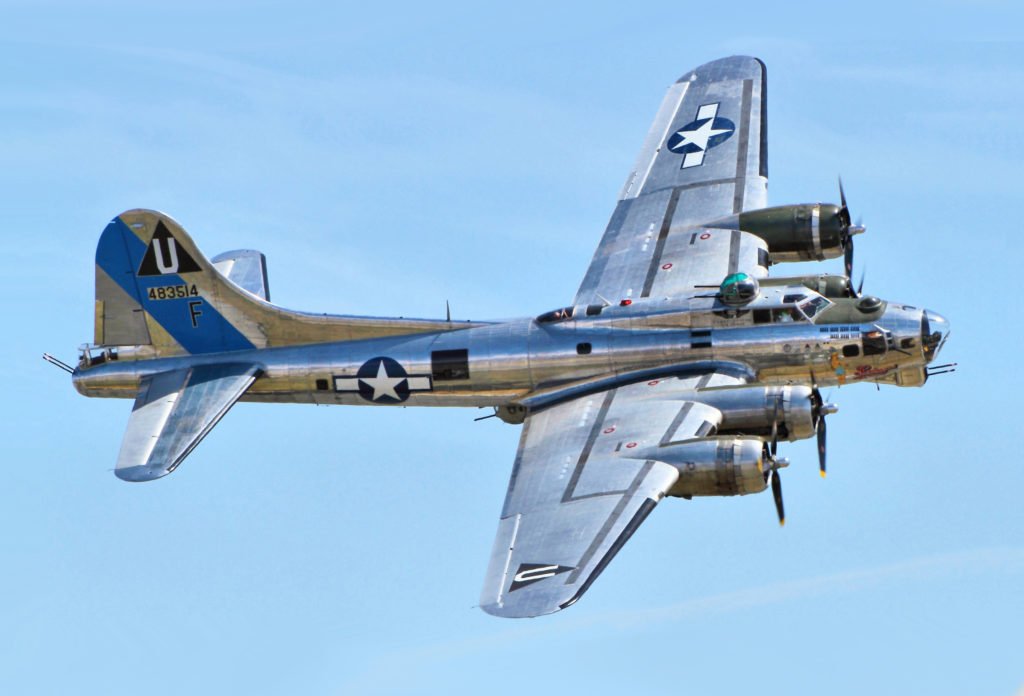
And on the wings, the escort fighters among the most well-known aircraft of all time, the North American aviation P-51 Mustang. Over 15,000 of those were built. They among others were flown by the famed Tuskegee Airmen. The Tuskegee Airmen flew 15,000 sorties in Europe and North Africa during the war, earning the name by request.
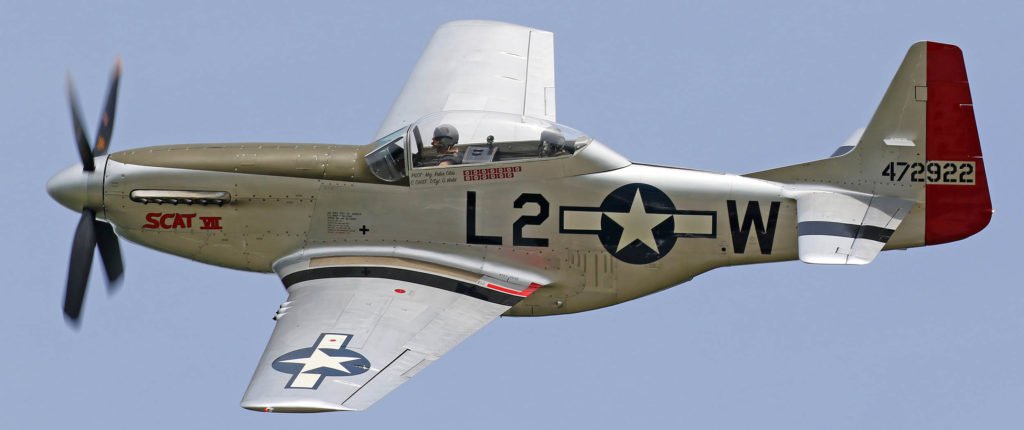
Recommended Article: Bio-Weapon Smuggling by China: US Customs Seizes Half Ton of Salmonella-Laced Kratom, a group of bacteria that can cause gastrointestinal illness and fever called salmonellosis
The radial engines on the B-17 the V-12 liquid-cooled Rolls-Royce designed Packard-built Merlin Engines powering all of those aircraft. Of the more than 15,000 of those P-51s built between 1940 and 1945, about 160 remain flyable in the world today. Then senator Harry Truman’s Senate War Investigating Committee called the Mustang, the most aerodynamically perfect pursuit plane in existence.
At the beginning of the war even though we were attacked by japan, a great deal of our effort went to our allies in Europe who were in being overrun by Nazi Germany. However, the C-47s that we saw were not only active in the European theater but along with its naval counterpart. The R4D were key to the ally campaign through Guadalcanal, New Guinea and Burma to support the Chinese forces fighting the light traveling Japanese Army. More mundane of its duties but probably of greater importance was the use of the C-47s to haul urgently needed personnel and supplies including fuel and munitions in all theaters of the war. The C-47 flew hump missions over the Himalayas from India to China, leading to the many of the tactics that would be used in the Berlin airlift of 1948 to 49.
As the war in Europe wound down the P-51 Mustang became more common. Eventually with the capture of Iwo Jima, it was able to be used as the bomber escort during boeing B-29 Super Fortress missions against the Japanese homeland. But our fighting men and women were being pounded by the Japanese at every turn in the pacific they and those at home needed a morale boost.
President Roosevelt put his military planners to work on an audacious plan to bomb the Japanese homeland. That island country hadn’t been attacked on its own soil in over 2000 years and they felt invincible. Depending on whose accounts you read Lieutenant Colonel Jimmy Doolittle and a General from the Army, Air Force sat in a restaurant and do little hatch to plan. That the General initially laughed at but after a while thought it might work. It was to involve types of military hardware never intended to work together. And, on April 18 1942 just four months after feral Pearl Harbor, two of these aircraft approaching from the right the B-25 Mitchell Bombers that normally took a third of a mile to take off were launched from the USS Aircraft Harrier Hornet in only 467 feet.
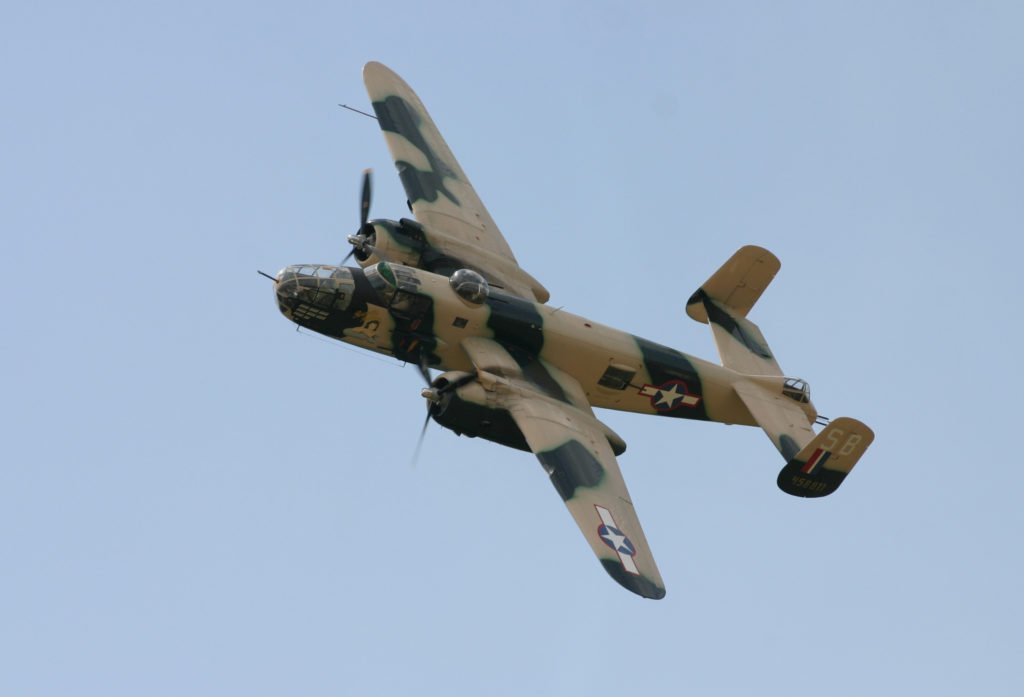
The damage these 16 planes did to the Japanese Homeland was minimal but their feeling of invincibility was broken. And, they kept much needed personnel back for homeland defense. It was a strategic turning point in the war and remains to this day that all other air missions have been measured.
The largest plane in our Air Army Air Force inventory in World War II, was the foot long 140 feet wingspan of the Boeing B-29 Super Fortress. It pushed the bounds of technology with the first ever pressurized crew compartment and a radically advanced analog fire control system that allowed one gunner and a fire control officer to direct four remote machine gun turrets. The Super Fortress I should say would have the greatest impact of any aircraft in the Pacific theater.
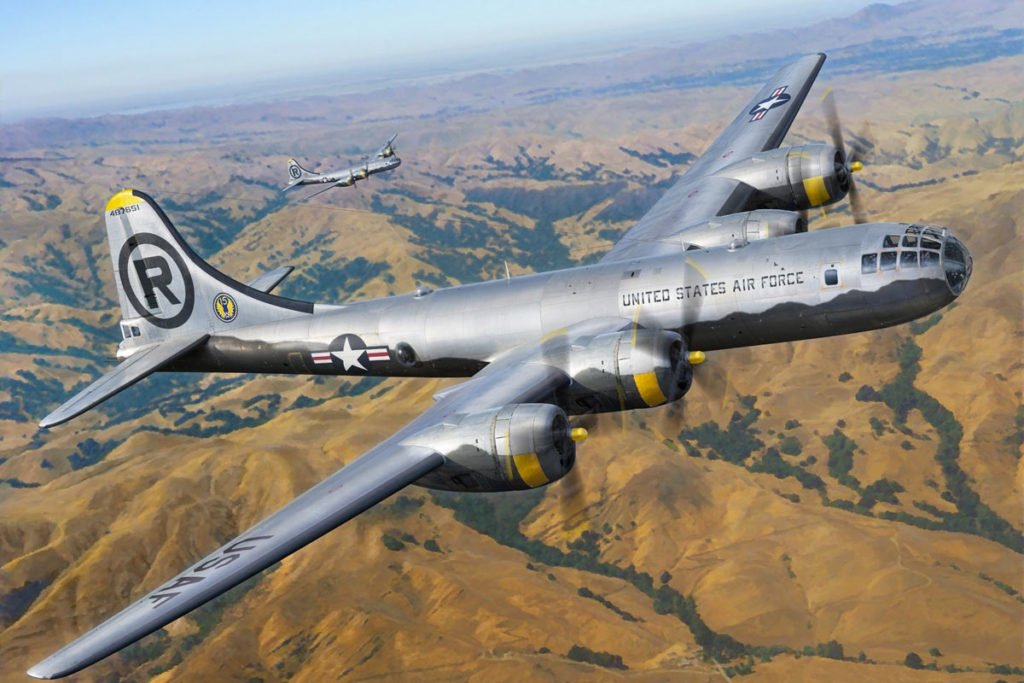
On this August 6th 1945, a B-29 named Enola Gay would drop the first Atomic Bomb on Hiroshima. Three days later a B-29 like this Boxcar dropped the second Atomic bomb on Nagasaki leading to Japan’s complete, complete surrender at the end of the war of the pacific on august 19th. August 14th 1945 of the 4,000 B-29s that were built you’re seeing one of only two flying today.
Ladies and gentlemen the war in Europe and the war in the pacific from heritage to horizons. The Korean war the conflict between the Democratic People’s Republic of Korea and the Republic of Korea, South Korea reached international proportions in June of 1950 when North Korea supplied and advised by the Soviet Union invaded the South. The United Nations with the United States as the principal participant joined the war on the side of the South Koreans and the People’s Republic of China came to North Korea’s aid. Aerial warfare was a large factor in Korea.
Must Read: It’s NOT just INDIA, China has Border Disputes with 18 Countries!
It was the first jet war. However, piston engine aircraft were still used in a great way during the Korean conflict and as we see that B-29 flying off to the side in just a moment we will be seeing an airplane known as the A-26 Invader initially designed to replace three other twin-engine World War II airplanes. It was so good that it served ably in World War II, Korea and even in Vietnam. It first flew the first and last combat missions in the Korean conflict and as a light bomber and attack aircraft, Invaders typically bombed truck convoys and trains but also engaged MIG fighters.
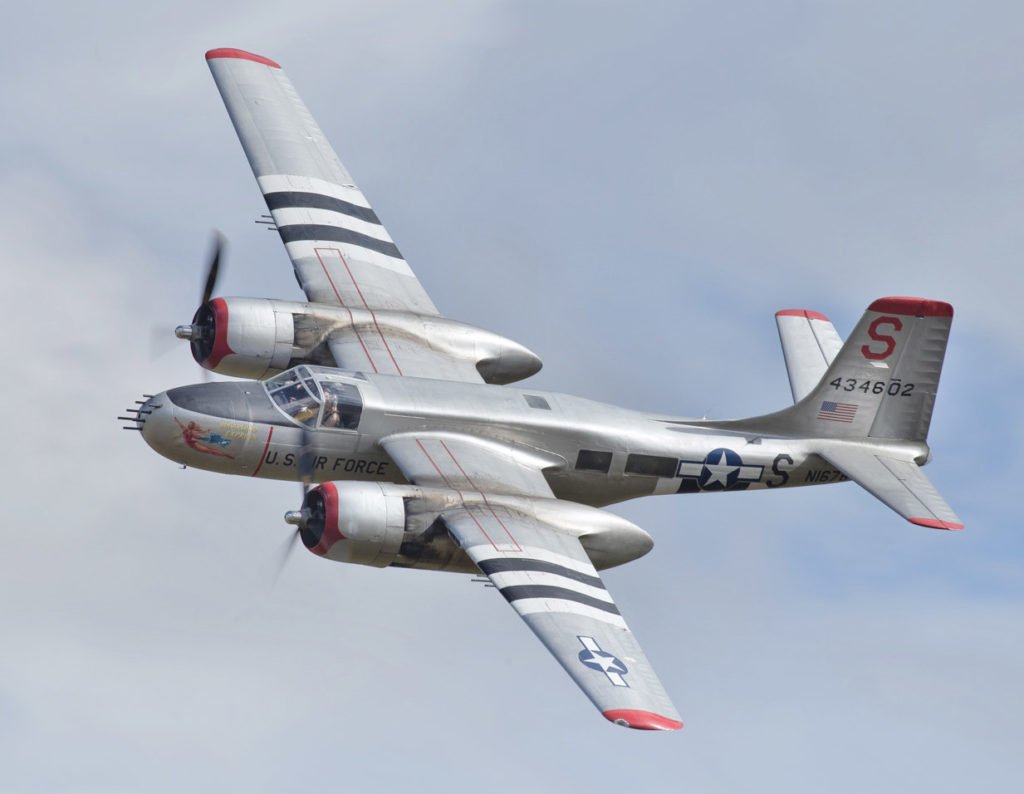
The two 18-cylinder Pratt and Whitney radial engines developed 2,000 horsepower each giving the Invader the capability to carry 11,000 pounds of munitions at a speed of more than 350 miles per hour. And, in 1940 Chance Bot Corporation built what was then the fastest single-engined aircraft ever built the F4U Corsair. The Bentwing Bird as it was known, it achieved a forward speed of 400 miles per hour with its 2000 horsepower R-2800 Pratt and Whitney radial engine.

The Japanese soldiers dubbed it Whistling Death because of the sound it made during its ground attack missions. But, an air-to-air roll it racked up an impressive 11 to 1 aerial victory ratio against Japanese planes. The Corsair remained in production longer than any other single-engine piston driven fighter with the last one coming off the production line in late 1952. In late 1952 September of that year, Marine Captain Jesse Fulmer flying a piston driven F4U Corsair shot down a MIG-15 jet and was awarded the Silver Star by the President.
In all 12,571 Corsairs were built by Chancebot Brewster Aircraft and believe it or not the Goodyear Tyre and Rubber Company of Akron, Ohio.
At the beginning of the conflict our straight wing Lockheed Shooting Stars were totally outclassed by the swept winged Russian MIG, but we rushed into production a swift wing fighter by North American Aviation called the F-86 Sabre Jet. It racked up a better than 10 to 1 victory ratio. But sadly the F-86 that we had hoped to have flying here this evening came up with a mechanical problem and was unable to be here.

Coming through on the screens now from the right you can see The Douglas Invader. The light bomber in the picture with it you can see the Bentwing Bird on that chance bought Corsair with its huge engine and a huge propeller and then from P-51 to F-51 as the new designation of the young United States Air Force on the right wing the Mustang also served abele during the Korean conflict.
Let’s listen, let’s listen.
Vietnam War
Moving on to Vietnam. The Vietnam pitted the Communist Government of North Vietnam against South Vietnam and during the war the United States relied on the Helicopter in combat as never before. It truly became the helicopter war.
Many of you will remember the TV show and movie Mash about the Mobile Army Surgical Hospitals during the Korean conflict. Well the opening sequence showed wounded soldiers being transported by a Bubble Canopied Helicopter known as the Bell H-13 Sioux Helicopter.

It was during that war that the helicopter became indispensable greatly increasing the survivability of wounded soldiers on the battlefield by airlifting them to the mass units. In 1965 the Army began testing and developing new techniques to enhance future war fighting capabilities. Helicopter tactics developed in Korea were adapting and evolving to support a new concept in maneuver warfare air mobility. And here they come the Huey the UH-1 Iroquois. An estimated 11,000 took to the skies for almost 19 years. They flew sicks, troop, carriers, gunship missions, attack and dust off medical evaluation the UH-1s. We see flying here today are from the first Helicopter Squadron from joint base Andrews and just last December they celebrated their 50th Anniversary.

Read: China Bribes Vatican With “$2 Billion a year” to silence the Church.
Coming through after that developed from the UH-1 Iroquois, these are the Cobras the first Helicopter designed from the skids up to be an attack Helicopter and following that the heavy lift CH-47 Chinook with an incredible capability to carry nearly 22,750 pounds underneath the aircraft. It was 1946 that this airplane was first thought of and it was in 1948 that Boeing designers in one weekend, came up with this incredible design of an airplane that has now been flying for the United States Air Force for 68 years. Swept wing, the ability to go over 8000 miles at speeds of over 600 miles per hour, this ladies and gentlemen, one of the triad of the Air Force’s Bomber capabilities the B-52 Strato Fortress.
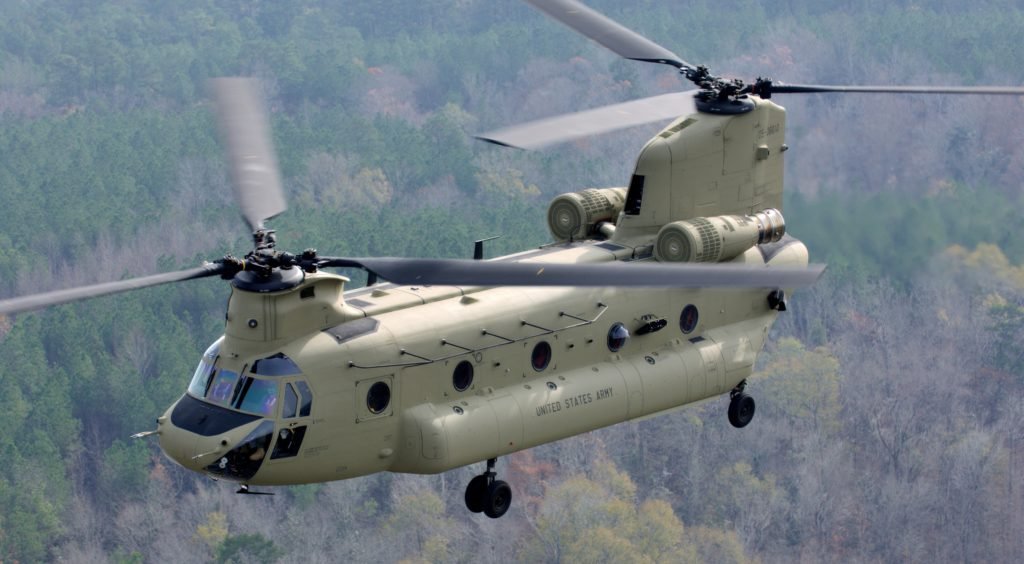
Dropping tens of thousands of tons of bombs during the Vietnam conflict it was known as the Buff, the Big Ugly Fat Fella. In all 744 were built about 75 still remain in service today and is expected to remain so until 2040. I am told that Grandfathers, Sons and Grandsons have all flown the B-52 Bomber in the course of those 68 years.

Operation Desert Storm
Moving now to Desert Storm and in August of 1990 Iraqi Forces under the control of Saddam Hussein invaded the sovereign nation of Kuwait in the middle east. Kuwaiti forces were quickly overwhelmed by the Iraqi Republican Guard Divisions. And, in the coming months the United States led a coalition to force the withdrawal of Iraqi forces from Kuwait. And, on a dark quiet morning in January only feet above the Kuwaiti desert, eight Apache Helicopters from the 101st Airborne Division fired the first shots of operation Desert Storm.
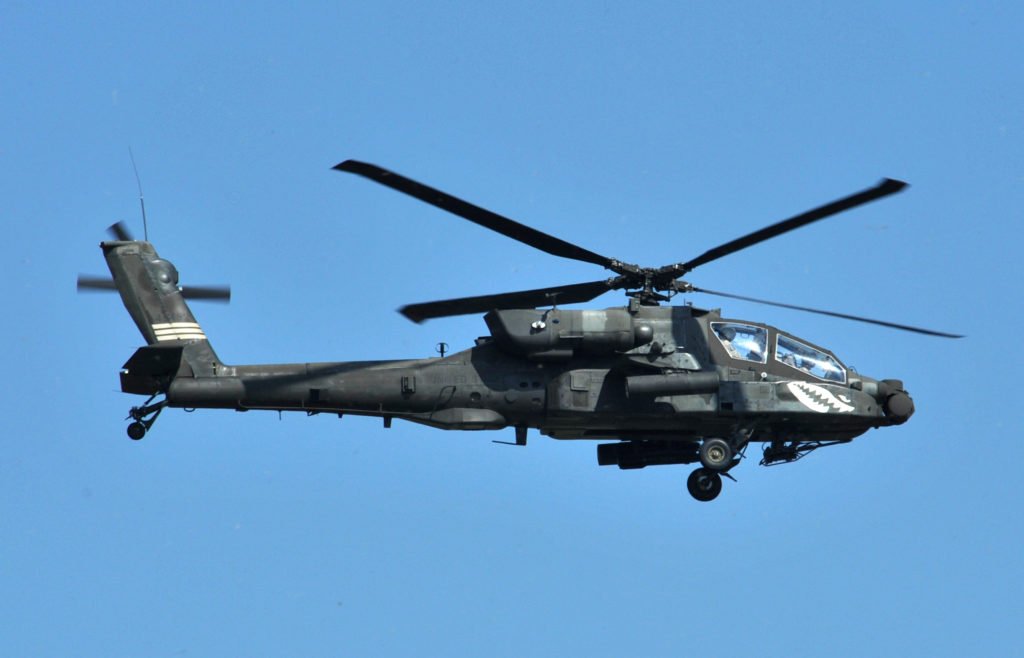
Apaches destroyed two Iraqi early warning radar sites, blinding Iraqi Radar and Air Defense Forces and setting conditions for the beginning of the larger air campaign by the Air Force and the Navy. The Apache still the most Advanced Attack Helicopter today is commonly referred to as a Flying Tank, able to survive in highly contested environments, while inflicting maximum damage to enemy targets day or night in poor weather conditions.
Also serving in that war the UH-60 Blackhawk Helicopter by Sikorsky, the army’s utility tactical transport helicopter. The Blackhawk has replaced the famous Huey’s the army’s workhorse. And a single Blackhawk can transport an entire 11 person fully equipped infantry squad into battle. Over the years, the UH-60 has been constantly upgraded with more powerful engines and other improvements.
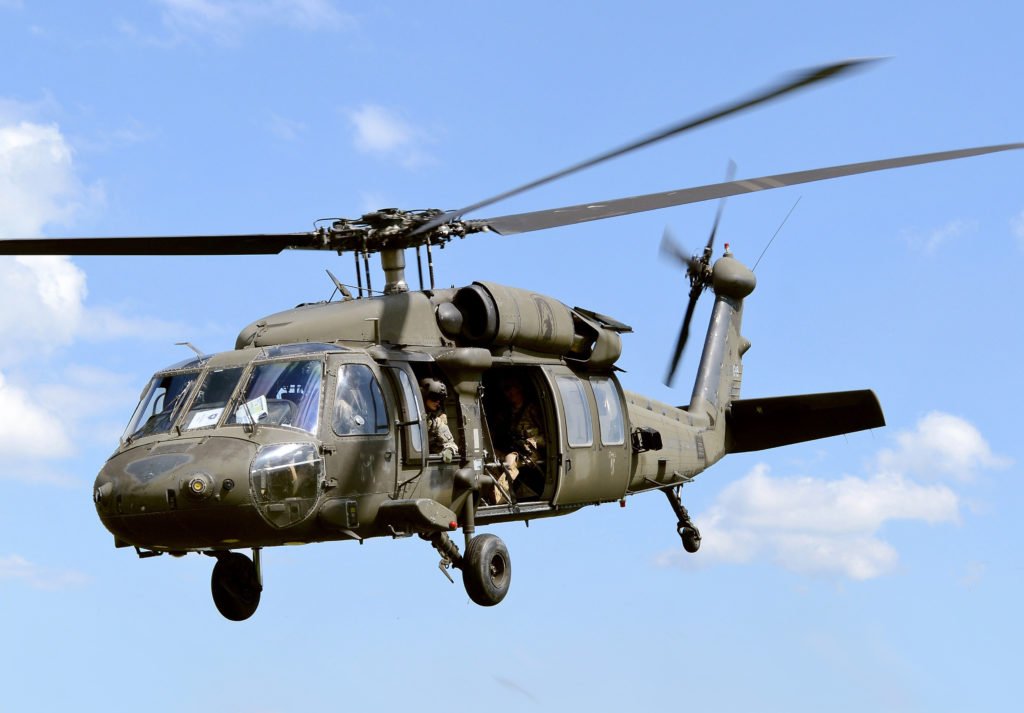
Here come the Helos. And as they approach, let me tell you about the next airplanes coming through ever since World War I, the first air war, where the average life of a fighter pilot was only three weeks. Achieving air superiority has been the goal of military planners. An airplane that first flew in 1972 and entered service in 1976 has long been considered an air superiority fighter, the F-15 Eagle capable of speeds at more than two and a half times the speed of sound, mach 2.5 or for us non-fighter pilots that’s 1875 miles per hour. The single-seat F-15C and its younger brother the two-seat F-15E Strike Eagle have dominated the skies in any battle situation with power maneuverability and a wide variety of weapons. Its kill ratio is unmatched 104 aerial combat victories and zero losses the incredible thrust to weight ratio of the Eagle enabled it to set a number of world records including a time to climb record of 98,400 feet that’s 18 and one half miles in just under two and a half minutes. The Strike Eagle utilizes a second crew member in advanced radar and avionics to enable it to become the lethal ground attack aircraft. At the beginning of the Gulf War, Strike Eagles flying at 600 miles per hour, 100 feet above desert sands used terrain following radar lights out to take out Saddam’s early warning radars.
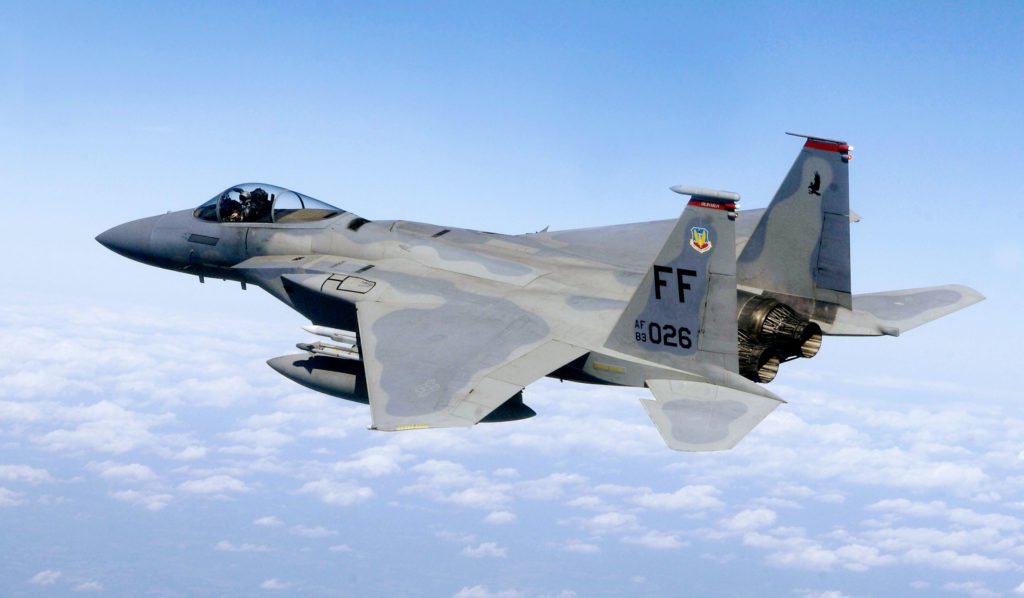
Overhead now we see the Apache Helicopters followed by the UH-60 Blackhawks.
And here come the Eagles.
I know a lot of you have your cameras up, but if you don’t, how about a round of applause for what we’ve seen thus far.
The events of September 11th 2001 changed the world and forever reshaped history our brave service men and women are still committed to keeping Americans safe today. And approaching in just a moment are a few of the many aircraft that have served vital roles in the war on terrorism. Igor Sikorsky, the father of the modern helicopter overcame significant Aerodynamic and physics challenges in his development of rotary winged flight without getting into a lot of mind-numbing stuff a phenomenon called Retreating Blade Stall, has always limited the speed at which a helicopter can travel. The Holy Grail would be to develop an aircraft that could take off and land vertically but be able to fly as fast as a conventional airplane.
In the 1980s, Bell Aircraft, the same company that developed the mass helicopter and the Huby and the Cobra experimented with a very unique concept called Tilt Rotor in which large prop rotors would be directly connected to the engines and then rotated vertically for helicopter mode flight and then moved into a horizontal position to attain conventional airplane flight. The result is the MV-22 Osprey. An aircraft that can deliver 24 fully equipped troops to the battle space at speeds of over 300 miles per hour and then land vertically like a helicopter. Its load lifting capabilities are significant. With the ability to carry an internal load of more than nine thousand pounds or fifteen thousand pounds externally. The pilot of the Osprey has to have his or her left thumb working because if it doesn’t they can’t rotate those prop rotors down.
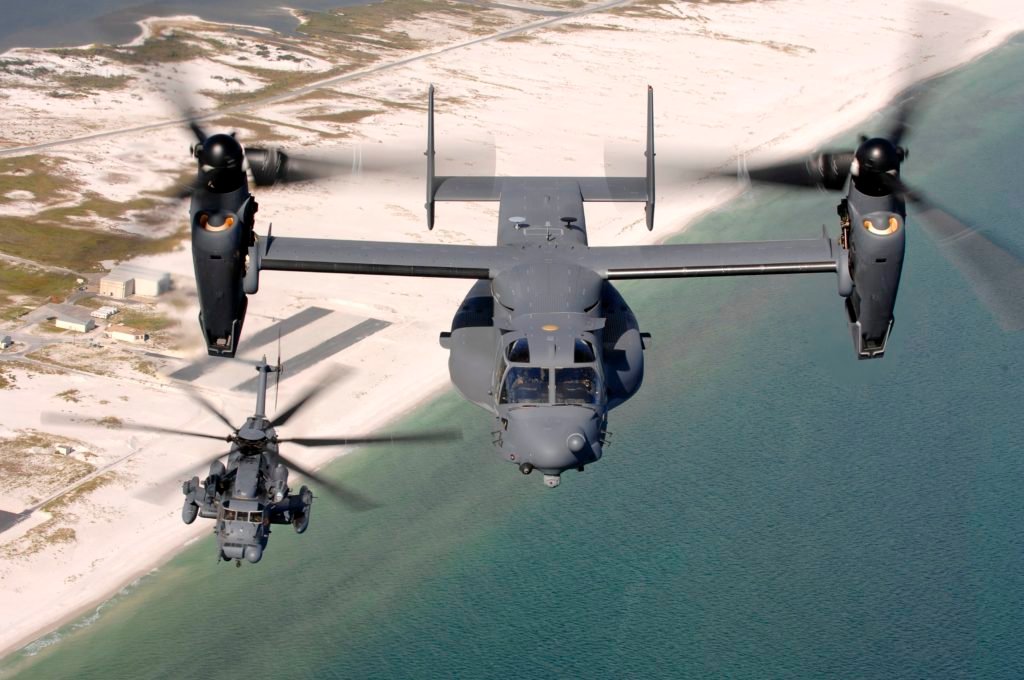
The unmistakable sound of the MV-22. Osprey.
An integral part of the team fighting the global war on terror is the U.S. Coast Guard that has the responsibility of patrolling and protecting a hundred thousand miles of U.S. Coastline and Inland Waterways. In existence since 1790 it’s the smallest branch of our military. In fact the entire active duty force of the Coast Guard could fit into nationals park. Here we see in formation in the lead the Sikorsky Jayhawk and the MH-65 Dolphin Helicopter. The coast guard has also projected its capabilities beyond our borders performing security and interdiction in the Persian gulf in 1991 in support of operation Desert Storm.
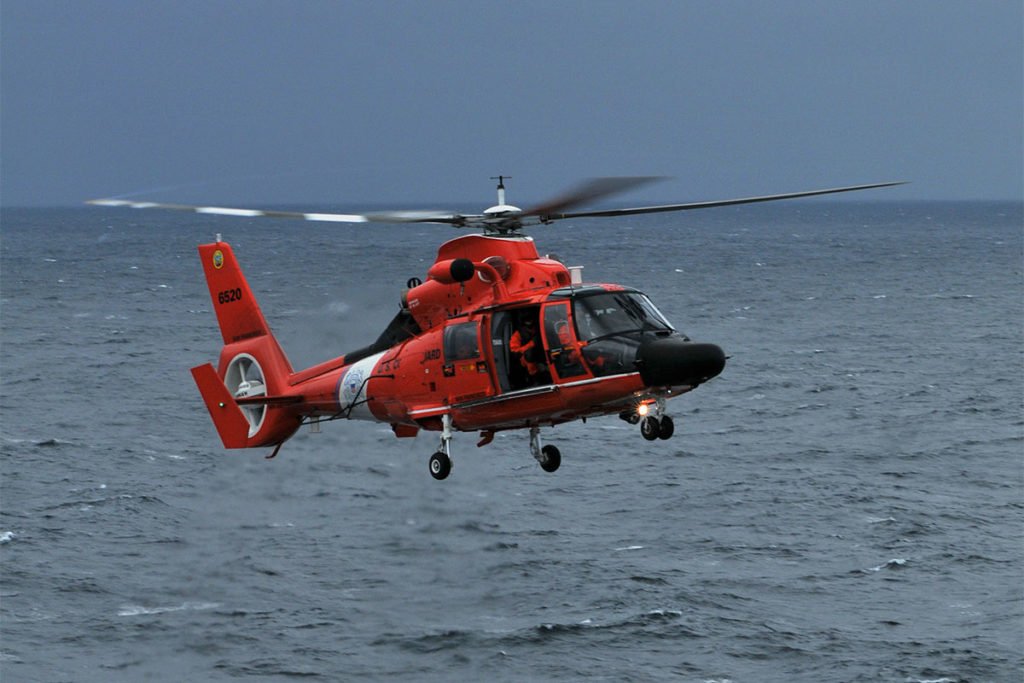
Carrying the largest conventional payload of both guided and unguided weapons in the United States inventory is the Multi-Mission B-1B which along with a B-52 and the B-2 are part of the are the three-legged stool of america’s strategic long-range bomber force. The B-1 Lancer or the bone as it is known, look at this 181-foot wingspan can fold them back to 78 feet.

That ladies and gentlemen is the sound of freedom.
And only a few airplanes were so successful that their names were passed down to a second generation of aircraft. And the two airplanes built on Long Island have that distinction. From World War II, the Republic P-47 Thunderbolt and 30 years later the Fairchild Republic A10 Thunderbolt-2. Built for close air support flying low and slow the Warthog was built around a very potent seven-barreled cannon the GAU-8 Adventure Avenger firing 30 millimeter shells, the size of coke bottles, at a rate of 4,000 rounds per minute. That’s 65 rounds each second. It totally earned its name “Tank Killer”.
The future is now. Since the early days of aviation, air crews have wanted to get more gas without having to land and keep going. Early attempts to refuel in midair involved a guy standing on the wing of an airplane while another flew overhead dangling a hose. But over the years the art of aerial refueling or if i may use the in delicate phrase, passing gas has become refined. Since just after World War II, though there have been basically only three different airplanes from the Air Force tasked with the job of mid-air refueling, one of those the KC-135 Stratotanker has been in service since the late 1950s. But it is going to be replaced with a new KC-46A Pegasus. It may look familiar to you because it’s based on the Boeing 767 airliner. Passing gas at 1200 gallons per minute, 25 times faster than the old KC-135, it’s a marvel of modern technology. It’s kind of like going from a car with a cassette player you remember those to a brand new vehicle with Apple Carplay.
Additionally, the Pegasus will offer significantly increased cargo passenger and Aeromedical evacuation capabilities. And as we’ve looked at several generations of airplanes in the last half hour and i’ve been talking about them at air shows around the world, the last thing that was thought of by military planners was well maybe the first thing was, how many airplanes would it take to destroy a target?
Well, now it’s changed. It’s how many aircraft can, how many targets can one aircraft destroy.
Approaching now one of the most unique aircraft even in service since 19 or say i should say 2003. This is the B2 Spirit following along behind the KC-46 and the aircraft now in sight, a flying wing Jack Northrop’s Dream from 1949 with a 186-foot wingspan. Doesn’t look like anything we’ve ever seen. It can carry conventional bombs from 500 pounders to the GBU-57 or even the 30,000 pound massive ordnance penetrator to nuclear weapons. The B-2 only 20 of them in existence will continue to serve our country for many years to come.
Overhead now the F-22 raptor. That the raptors two engines produce a total of seventy thousand pounds of thrust and its stealthy design allow it to accelerate faster than the speed of sound without using the afterburner. It’s called Super Cruise in its air show performances. The Raptor shows incredible maneuverability able to do a backflip almost standing still in the air at three thousand feet or doing a tail slide nose straight up going backwards under complete control.

And the newest fighter aircraft for the United States military is the F-35 Lightning II, named after the famed World War II, P-38 lightning. There’s a version for the air force, one for the navy, one for the marine corps and eight partner nations share those airplanes as well. They give the U.S. and its allies the power to dominate the skies anytime anywhere. The F-35 is an agile, versatile, high-performance, multi-role fighter that combines stealth, sensor, fusion and an unprecedented situational awareness. The F-35s helmet mounted display is the most advanced system of its kind. All the intelligence and target targeting information, an F-35 pilot needs to complete the mission is displayed on the helmet’s visor. And six super sensitive cameras mounted on the outside of the airplay, our aircraft allow her or him to look in any direction and have visual acuity far greater than the naked eye, day or night. The pilot can look down the floor of the cockpit and see right through it. It’s like X-ray vision simply astounding.

We’ll see today two of the B models from the United States Marine Corps. But in all over 535 of the F-35s are now flying today, with over a thousand pilots and having reached initial operation, operating capability, here in the United States.
Ladies and gentlemen no aerial display would be complete without some very good friends of mine, they represent the greatest military jet demonstration teams on the face of the earth. They are from Naval Air Station, Pensacola. They are the Blue Angels and they are the Thunderbirds from Nellis air force base in Nevada. The blues are commanded by commander Brian Kesselring and the Thunderbirds led by Lieutenant Colonel John Caldwell. The Thunderbirds flying the F-16 Fighting Falcon that has been in service with the United States since the mid-1970s. And the Blue Angels flying the famed FA-18 Hornet also in service with the United States Navy and Marine Corps since the 1970s as well.
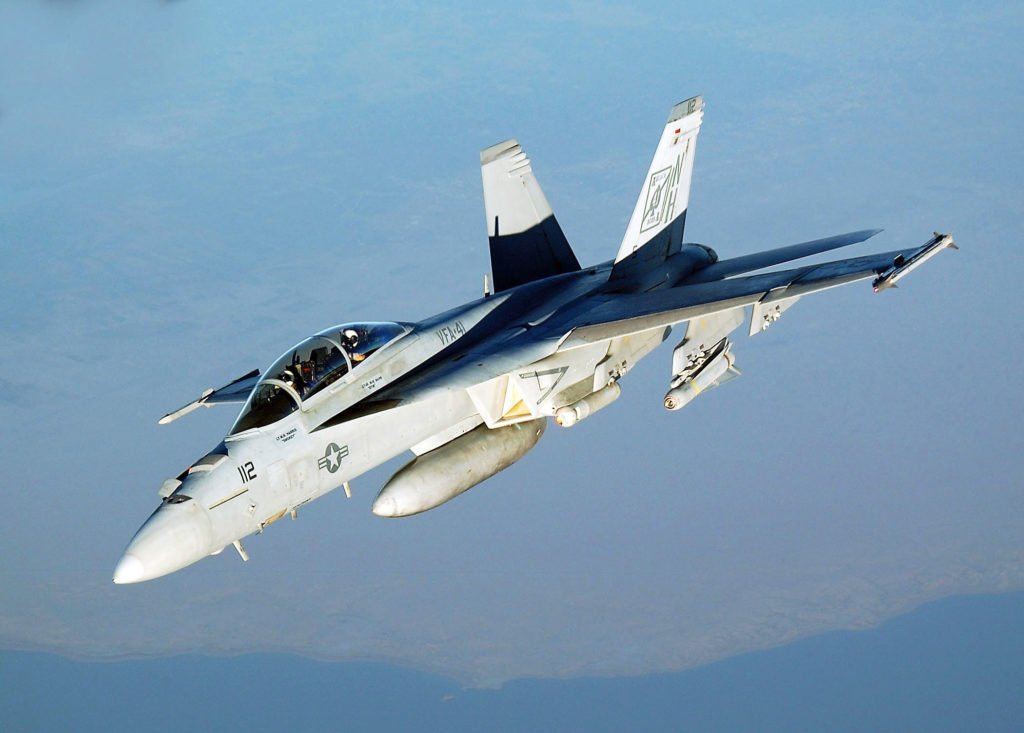
I want you to join with me as we wait for these aircraft to approach they have been flying missions all over the country supporting the work done by so many during this COVID-19 crisis. The Blue Angels exemplify the Navy values of Honor, Courage and Commitment and the Thunderbirds serve to represent all the men and women of the United States Air Force, as our ambassadors in Blue, ladies and gentlemen, the Thunderbirds and the Blue Angels.
Previous Article: China Caught Red-Handed Smuggling 10,800 Assault Weapons Parts Into Louisville By US Customs
Points to Ponder
Watching the entire Flyover, what is the lesson other US Allies learnt? At a time when China has waged a Bio-Terrorism war against the entire world, killing 528,000 innocent civilians worldwide and while the world is trying to defend against the deadly Chinese Wuhan Virus, Beligerant China has threatened and intimidating its neighbors with its military hardware and the Air Power, what is the lesson that US Alies learn from the above commentary?
If you look at the History of Wars across times, it is the numbers of the Fighter Jets produced in thousands that win the war and maintain Air Superiority. Its not a few hundred fighter Jets will win a war against the Bio-Terrorist, Imperialist Fascist China.
Now every nation should ask themselves. Did the political class prevent them to have local manufacturing of Fighter Jets and other Air crafts giving the placebo that they may never have to face a war with China?
Did the Air Forces of the different countries discouraged local manufacturing and local designs for the want of foreign air crafts that their economies could not afford? What was the reason? Was it to satisfy their ego to have the latest aircrafts or was it that some kickbacks were involved rejecting their indigenous designs and local manufacturing in their respective countries?
Instead of having to wait for an Air Craft for decades to have multiple functionalities and thereby depleting the squadron numbers, couldn’t the US Allies produce large number of Fighter Jets and as the technology advances, upgrade the existing Squadrons?
When the whole world is looking at a War with China in a near future, shouldn’t every country compromise on certain technologies and go on war-scale manufacturing of Fighter Jets and other Air Crafts and Ammunition?
Think of your Priorities and take a decision. Whether you can defend with anything that is flyable or will simply give up when the enemy attacks?
Let the Flyover Begin!!
Twitter Handle: @newscomworld
Instagram Handle: @newscomworld
Parler Handle: @newscommuniquecom
Subscribe our : YouTube Channel https://www.youtube.com/channel/UCnKJQ3gFsRVWpvdjnntQoAA
Like our Facebook Page https://m.facebook.com/News-Communiquecom-103788531007438/
1,064 total views


